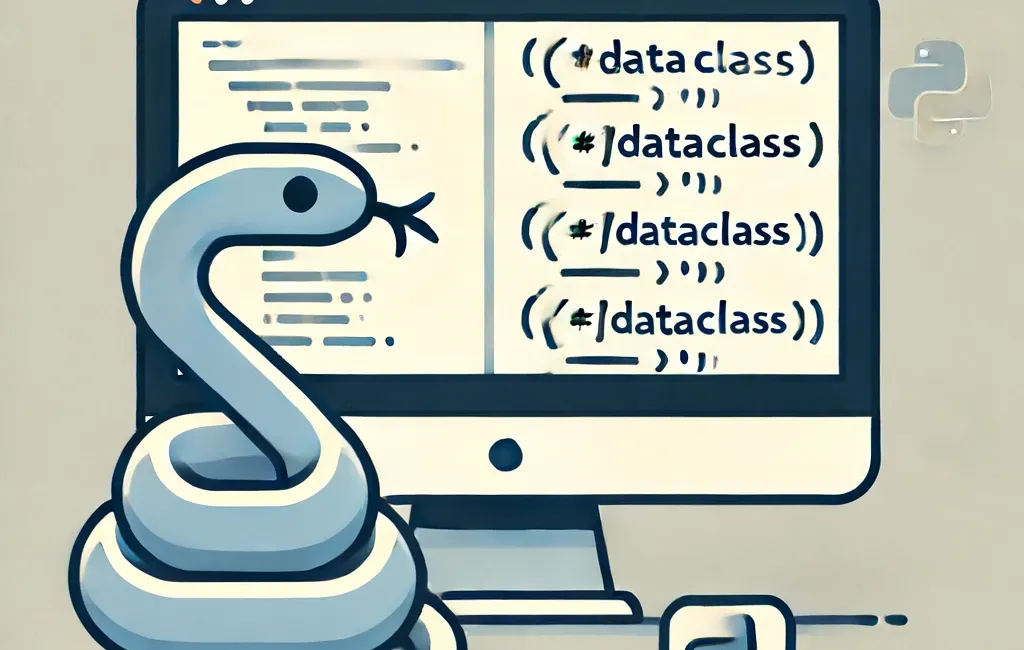Object-oriented programming (OOP) is a type of programming that focuses on creating and manipulating objects, or instances, rather than solely relying on functions or logic.
These objects are created from classes, which you can think of as a set of instructions for what the object should look like and how it should behave.
OOP uses concepts like inheritance, encapsulation, polymorphism, and abstraction to make code more reusable and organized.
The goal is to make software design more intuitive, flexible, and easier to maintain.
A Quick Look at Object-Oriented Programming (OOP)
OOP has been a key part of software development for many years. It lets developers create code that can be easily reused and organized by putting it into objects, which are created from classes.
Classes determine what characteristics (attributes) and actions (methods) the objects will have. The four main ideas of OOP are:
- Encapsulation: This is about keeping the data (attributes) and the functions (methods) that work with this data together in a single unit, or class. It also limits access to some parts of the object to prevent accidental changes.
- Inheritance: This allows a class to take on the characteristics and methods of another class, promoting code reuse and creating a natural order between classes.
- Polymorphism: This lets objects be treated as if they belong to their parent class, allowing methods to be used flexibly as long as they follow a certain format.
- Abstraction: This involves hiding complex details and showing only the necessary features of an object, making it simpler to use and reducing complexity.
Get "Python's Magic Methods - Beyond __init__ and __str__"
Magic methods are not just syntactic sugar, they're powerful tools that can significantly improve the functionality and performance of your code. With this book, you'll learn how to use these tools correctly and unlock the full potential of Python.
Creating a Data Class
Making a data class in Python involves using the @dataclass decorator from the dataclasses module.
This decorator is applied to a class to automatically create special methods like __init__, __repr__, and __eq__ based on the class attributes.
The basic layout of a data class includes the class definition, the @dataclass decorator, and the attributes with type annotations.
Here's the basic layout and syntax:
from dataclasses import dataclass
@dataclass
class ClassName:
attribute1: Type
attribute2: Type
attribute3: Type
In this layout:
@dataclassis the decorator that tells Python to treat this class as a data class.ClassNameis the name you give to the class.attribute1,attribute2,attribute3, etc., are the attributes of the class with their types specified using type annotations.
Example: Making a Simple Data Class
To make a simple data class, we start by importing the dataclass decorator and applying it to our class. Here's an example:
This article is for paid members only
To continue reading this article, upgrade your account to get full access.
Subscribe NowAlready have an account? Sign In

